Girthiness in showjumping horses
When you tighten the girth on a horse with girth aversion, its reaction can go from pinning their ears back, holding their breath (preventing you from adjusting the girth properly), stomping the floor with its front hooves, trying to bite you, to trying to kick you, rearing, or even dropping to the ground. Equestrians and experts know this problem as girthiness and it is more common than most people think. There is no equestrian discipline in which girthiness happens more compared to other disciples, it happens even when you ride for fun. Girthiness in Showjumping horses is a problem that can come with the horse when you purchase it or appear at any time.
Many years ago, people thought girthiness was a behavioural problem and that girthy horses were lazy or bad-tempered. Fortunately, the equestrian industry has evolved and realized that horses’ well-being always comes first. Thanks to this cultural change, we now understand that what was considered ‘bad behaviour’ is really the only way horses have to tell us that something is not going well. Of course, some horses are more cooperative than others; they have their own personality, but it is important to find out the source of horses’ behavioural problems.
There are different degrees of girthiness. Not all horses will show the same symptoms, and most horses won’t show any signs at all until it is time to adjust the girth. It is important to find the reason(s) that trigger it.
Girthiness And Showjumping Horses
All horses can suffer from girthiness, but it’s important to note that show jumping horses and eventing horses are exposed to huge forces as they fly over fences. One of the first things show jumping riders learn are the Five Phases Of Jumping: approach, take-off, flight, landing, and getaway. Except for the approach, which could be compared with a dressage semi-collected canter, the rest of the phases put lots of stress on different parts of the horse. It’s extremely important to have a perfect saddle, a saddle pad, and a good girth to prevent back injuries and to keep the rider in place. It’s also proven that good riders don’t put as much stress on the horseback as inexperienced riders do. Undetected hindquarters problems and other hidden afflictions can make horses girthy because horses associate girthing with pain. There are many cases of brave horses that never refused or ran out of a fence but were in pain. However, most of these horses were girthy, to say the least. It’s their way of expressing their feelings based on the fight or flight principle. Another cause of girthiness is bad or abusive training; there are many examples of this, like jumping a horse high every day. Besides the fact that horses get bored and mentally tired, jumping high fences demands a considerable effort, and horses can associate being girthed up with what comes next. Taking all the above into account, there are several causes for girthiness that apply to all horses. Below you will find the most common causes for this problem.
Mechanical / Tack Issues
A poorly fitted, worn, or too-small saddle can put excessive and/or uneven stress on the horse’s back, producing pain in the backbones and the muscles. A small or inadequate girth can prevent the horse from moving freely and cause pain in its ribcage. There are other important things to check on the tack that can make a well-behaved horse girthy.
Veterinary Issues (External)
Horses with some degree of pain can be girthy. Even if we don’t notice an overt reduction in their performance, they might not feel 100% well. A good example is horses with back problems (e.g. KSS). If a horse is girthy and also kicks or bucks after a big jump, the two behaviors are probably related. Once you are sure that your tack is appropriate for your horse, it’s time to dig deeper and ask for help. A good veterinary checkup will help you to find muscular, osseous, and other sources of pain. It’s important that horse owners, riders, educators, and members of the horse industry start to associate behavioural problems with injuries and health problems. Former top rider and world-renown equine orthopedics specialist Sue Dyson RCVS is conducting very interesting research that hopefully will help to discover health problems before it’s too late, as is shown in this video.
Top-level show jumping horses and horses under hard training should have a complete diet. Hay and grain are not enough for them; an excellent supplement like Aloeride is necessary to help sport horses to strengthen their muscles, prevent stiff joints, and give them plenty of amino acids, vitamins, minerals, and fuel that are necessary for horses to be at their best while preventing injuries.
Digestive Problems
Other causes of girthiness are ulcers, hindgut acidosis, and/or intestinal irritation. Horses in freedom graze a large part of the day. Studded horses fed twice a day are prone to suffer from ulcers because their stomachs secrete acid all the time. Ulcers usually appear in the top portion of the stomach, which is poorly protected from acid. Diets based on grain also make horses prone to ulcers. The same happens with some nutritional supplements. Stress and some anti-inflammatory drugs can also cause ulcers. Aloeride is excellent for improving horses’ digestive health, and it’s also a great tool for preventing ulcers. Another good piece of advice to prevent ulcers is to feed horses several times a day or give them free access to green pastures while they are not working. Rethinking feed towards older methods of a time when gastric ulceration was not so prevalent might be worth a trial.
Girthiness Because Of Previous Trauma
Horses are animals of habit and, like you, they learn from repetition. Horses that suffered any kind of trauma can continue to be girthy even when the problem has been solved. For example, after a hurtful and poorly fitted saddle is changed by the best anatomic hand-made saddle in the market, a horse can still show negative behavior as the girth is tightened. The same applies to young, just-tamed horses if the breaking was made unpleasantly for the horse. There are also cases where the taming process fails to desensitize the girth area. This problem can be solved with training and positive reinforcement.
Here you will find more information about girthiness and girthy horses.


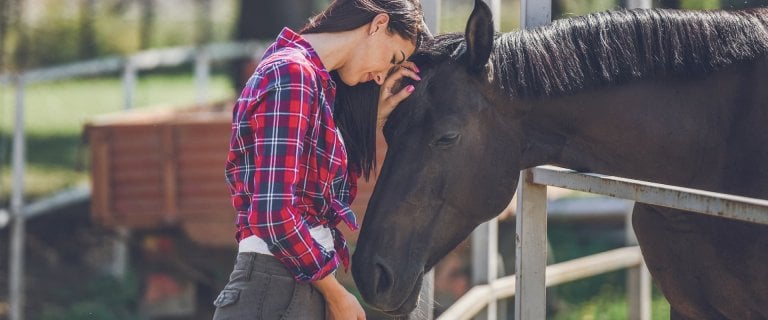
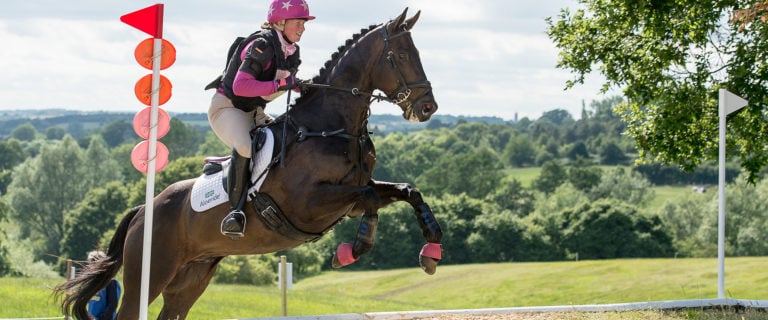

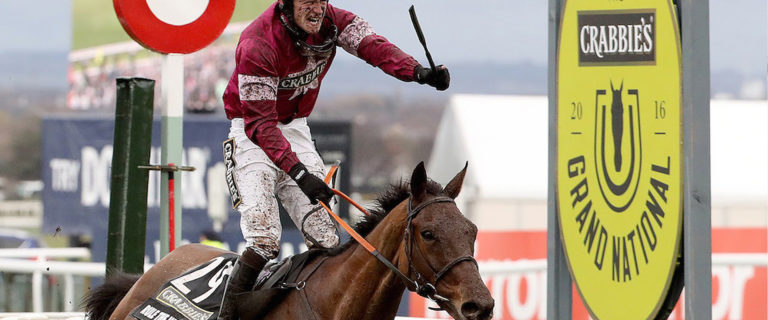
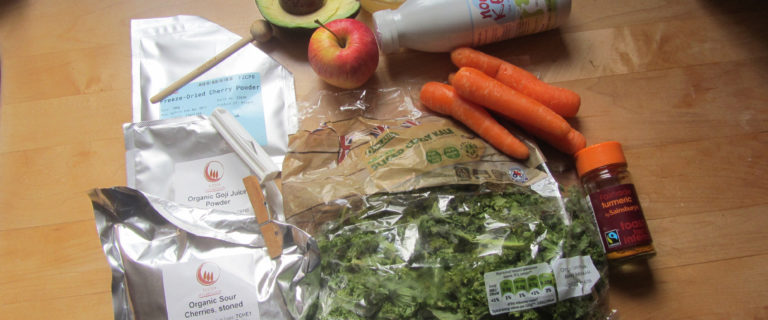
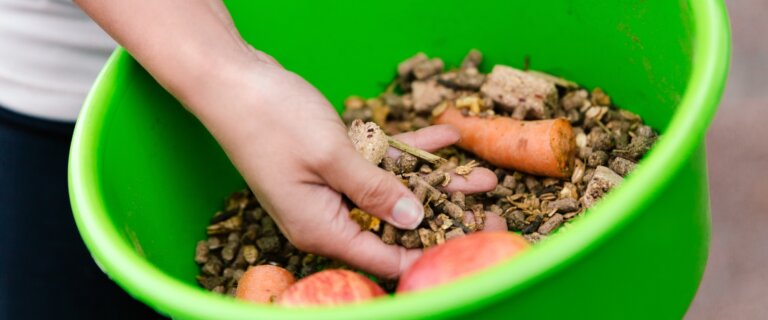
Thank you for a most interesting, enlighening article about an issue on which little informations is available.
Looking forward to more!
Estimada Marta, ¡gracias por sus amables palabras! A further article from David will be published very soon. Kind regards, Han.